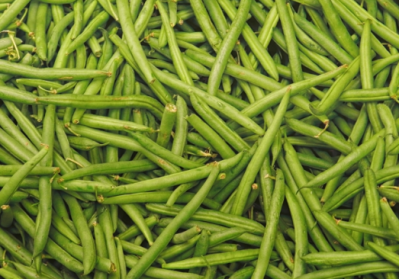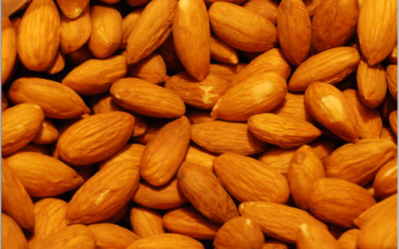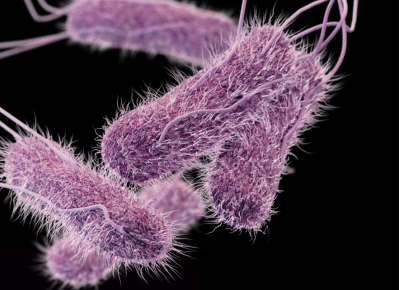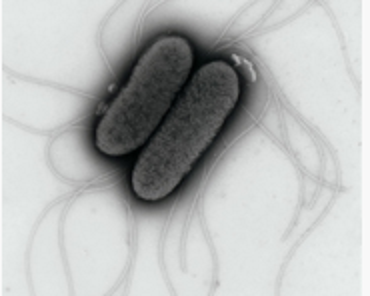Ultrasound and antimicrobials to down Salmonella

The Georgia Tech Research Institute, led by Dr Aklilu Giorges, examined the use of ultrasonic energy with commonly used antimicrobials on the inactivation of Salmonella in chiller water.
Researchers used intentionally contaminated water, simulated chiller water and actual chiller water.
It was found that samples treated with ultrasound, combined with different concentrations of chlorine or peracetic acid (PAA), showed better disinfection than samples treated with just chemicals.
The goal was to evaluate the effectiveness of sonication (ultrasound) for inactivation of Salmonella, with and without a disinfection agent (chlorine, peracetic acid), in poultry chiller water.
Not a significant change
Giorges, research engineer at Georgia Institute of Technology, said they studied Salmonella typhimurium as it is found more in poultry.
“Right now we don’t see a significant change, there is not enough evidence for the poultry processors but if it worked then current methods could be changed to accommodate it," he told FoodQualityNews.com.
“It could be used to clean surfaces but we are not sure how it will translate into processing.
“We see a difference but it is not a significant difference so it does not warrant application at this point to change current practices but in the future maybe, there is potential, because of a better system to integrate it into current practices.”
He added that a balance needed to be found between the ultrasound and chemical concentration to produce better results on pathogen reduction.
Combining ultrasound treatment with chlorine washing has been shown to reduce E.coli on spinach leaves.
Ultrasound with Ultraviolet light (UV) reduced bacteria types on strawberries and lettuce, according to a study last year.
Ultrasound tests
The first part of the study funded by the US Poultry and Egg Association, determined the antimicrobial effects and efficiency of ultrasound inactivation of Salmonella typhimurium.
The experiment investigated the ultrasonic effect of various power intensities, volumes, and exposure times with several repetitions.
All ultrasound experiments were in isothermal conditions to eliminate disinfection via indirect heat input from the ultrasonic probe.
The data from the Salmonella inoculated water showed a correlation between an increase in ultrasonic energy, increase in exposure time, and decrease in volume that led to better disinfection.
However, the extent of disinfection from the ultrasonic energy magnitude was not significant enough to be used as the only means.
Chemical tests
The synergy effect for chlorine (1.66, 3.32 and 4.98ppm) and peracetic acid (0.75, 1.5 and 2.25ppm) in water was evaluated by assessing the disinfection agents with 40kJ of ultrasonic energy (65W for 10 minutes) in Salmonella inoculated water.
Simulated chiller water (5g of chicken skin and fat per litter of water) was treated with combined chlorine (16.6 ppm) and ultrasound and compared to chlorine treatment alone.
This experiment was repeated using peracetic acid concentrations of 0.75, 1.5, and 2.25ppm.
A similar trend of log reduction was observed for combination ultrasound and chemicals treatment for all concentrations of chlorine and PAA.
The ultrasonic disinfection trend in poultry chiller water was found to be similar to that of the Salmonella inoculated water experiments.

















